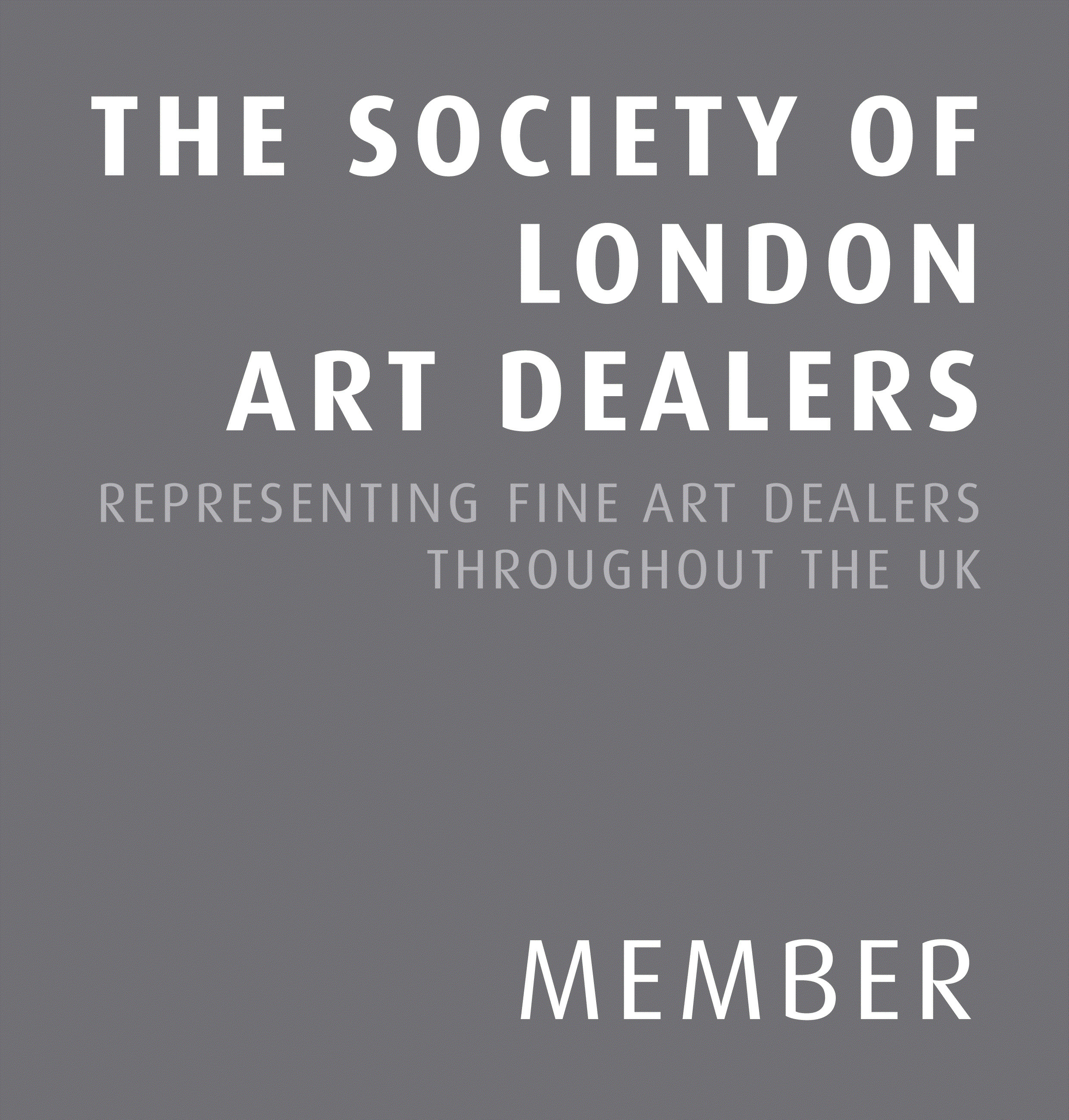-
 "You know better than I that generative art encompasses many ideas and approaches and technologies, so my answer is sure to overgeneralize. I think the big difference between generative art and Harold's work is that one seems preoccupied with the appearance of the work, while the other was was preoccupied with the process that generate the work. Harold said something like this in a conversation years ago. The gist was that, "AI artists are all about the image itself, not the context, not the viewer, not the process, just how it looks."Having worked on Harold's code, I can say he was primarily interested in how to make images. He wanted code to generate evocative images, and, while I have not heard him say this, he wanted the code to create emergent phenomena that he did not control directly. This latter point is important but I wouldn't have realized it if I hadn't worked on the code. To illustrate the point, look at the two attached images. They are made with slightly different strategies to avoid lines crossing. They feel different, but not by design. Harold wasn't telling the machine what a drawing should look like, he was telling the machine how to make a drawing, and the differences in appearance -- which I believe were unpredictable, serendipitous and happily surprising -- emerged from slightly different drawing rules.Said differently, nothing in Harold's code is even remotely interpretable as a picture, all the code is about how to make a picture. And so when I started to rebuild his code, I did not do the easy thing, which would have been to emulate the appearance of Harold's drawings. Instead, my code says how to make drawings.Allow me to pick an easy target: Edmond de Belamy, whose creators say, "We fed the system with a data set of 15,000 portraits painted between the 14th century to the 20th. The Generator makes a new image based on the set, then the Discriminator tries to spot the difference between a human-made image and one created by the Generator. The aim is to fool the Discriminator into thinking that the new images are real-life portraits. Then we have a result." (my italics) In other words, the entire exercise is about appearance. But evidently the creators weren't confident that their dismal result could stand on its own without affirming props, so they added a gilt frame.Harold wanted images to interest viewers. I think the least interesting thing that can possibly happen is for the viewer to think, "oh, that looks vaguely like an 18th century portrait." But that might be all that you can expect when you focus on appearance.The irony of all this is that by focusing on the process of generating art, Harold might have been the first generative artist."- Paul Cohen, Harold Cohen Trust
"You know better than I that generative art encompasses many ideas and approaches and technologies, so my answer is sure to overgeneralize. I think the big difference between generative art and Harold's work is that one seems preoccupied with the appearance of the work, while the other was was preoccupied with the process that generate the work. Harold said something like this in a conversation years ago. The gist was that, "AI artists are all about the image itself, not the context, not the viewer, not the process, just how it looks."Having worked on Harold's code, I can say he was primarily interested in how to make images. He wanted code to generate evocative images, and, while I have not heard him say this, he wanted the code to create emergent phenomena that he did not control directly. This latter point is important but I wouldn't have realized it if I hadn't worked on the code. To illustrate the point, look at the two attached images. They are made with slightly different strategies to avoid lines crossing. They feel different, but not by design. Harold wasn't telling the machine what a drawing should look like, he was telling the machine how to make a drawing, and the differences in appearance -- which I believe were unpredictable, serendipitous and happily surprising -- emerged from slightly different drawing rules.Said differently, nothing in Harold's code is even remotely interpretable as a picture, all the code is about how to make a picture. And so when I started to rebuild his code, I did not do the easy thing, which would have been to emulate the appearance of Harold's drawings. Instead, my code says how to make drawings.Allow me to pick an easy target: Edmond de Belamy, whose creators say, "We fed the system with a data set of 15,000 portraits painted between the 14th century to the 20th. The Generator makes a new image based on the set, then the Discriminator tries to spot the difference between a human-made image and one created by the Generator. The aim is to fool the Discriminator into thinking that the new images are real-life portraits. Then we have a result." (my italics) In other words, the entire exercise is about appearance. But evidently the creators weren't confident that their dismal result could stand on its own without affirming props, so they added a gilt frame.Harold wanted images to interest viewers. I think the least interesting thing that can possibly happen is for the viewer to think, "oh, that looks vaguely like an 18th century portrait." But that might be all that you can expect when you focus on appearance.The irony of all this is that by focusing on the process of generating art, Harold might have been the first generative artist."- Paul Cohen, Harold Cohen Trust
